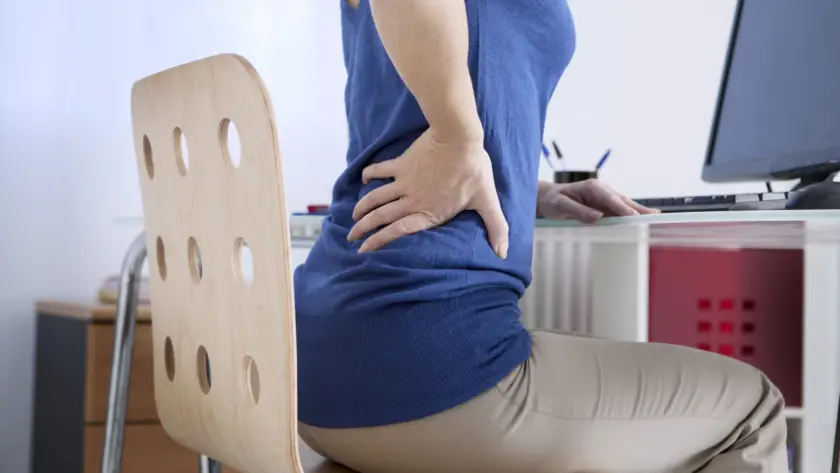Everything You Need to Know About Sciatica
If you experience pain in your lower back and leg, you may have been told you have sciatica. That’s a fine starting point, but you may be wondering what to do next.
Sciatica is a term that’s often thrown around and sometimes misunderstood. So if you think you may have sciatica, here’s what you need to know.
Comprehensive Insights and Information from Activa Clinics on Causes, Symptoms, and Treatments
What is Sciatica?
Sciatica is not a specific medical condition. It’s actually a set of symptoms that can have several causes.
It involves pain and numbness along the sciatic nerve, which runs from your lower back to your hip and buttock and down your leg. The most common cause is a pinched nerve due to an underlying back issue.
How to Spot It
Here are some of the symptoms that can indicate you’re dealing with sciatica:
- Pain, numbness, and tingling affecting the lower back, hip, buttock, thigh, calf, and/or foot.
- The pain originates in the lower back and then radiates down.
- The symptoms are typically only on one side of the body.
- The pain gets worse in certain positions such as when sitting or twisting the spine.
Common Causes of Sciatica
Usually, sciatica is the result of a back issue that causes one of the bones in your spine to pinch the sciatic nerve. There are several conditions that can be the root cause, including:
- Herniated disk
- Spinal stenosis (a narrowing of the spinal canal)
- Degenerative disk disease
There are also some risk factors that affect your chances of developing sciatica. They include obesity, age, and prolonged sitting.
Treatment For Sciatica
To get some quick pain relief from sciatica, you can try using hot or cold packs and doing some lower back stretching. But to solve the issue, you should consider getting some treatment.
Sciatica can normally be resolved with physical therapy in a few weeks. A physical therapist can create a custom treatment plan that will reduce pain, address the underlying issues, and speed your recovery.
The treatment can involve a variety of therapies such as exercises, massage, acupuncture, chiropractic care, and more.
What to Watch Out For
There are also some symptoms that may indicate you have a more serious condition. They include bowel/bladder dysfunction, sexual dysfunction, and symptoms in both legs. So if any of those symptoms crop up, be sure to tell your healthcare provider.
